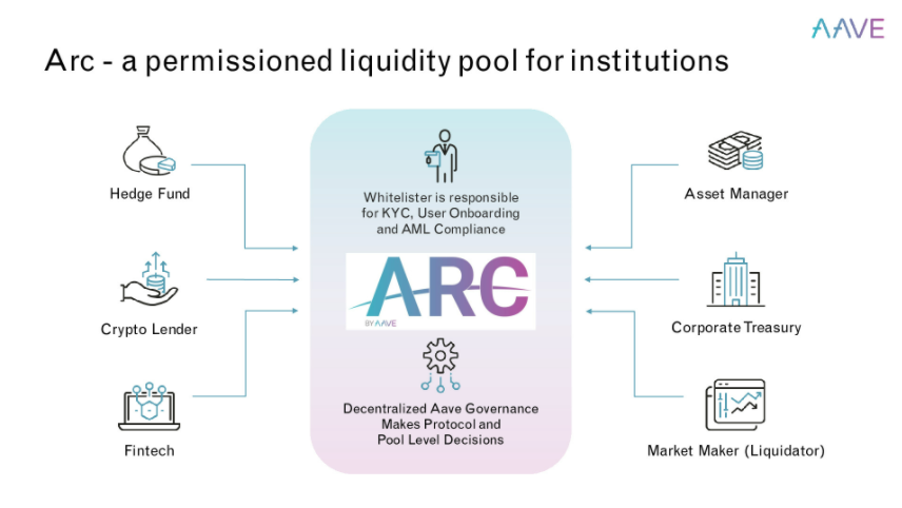16 Aug 2022
Curve Finance – a new era of spot FX on blockchain
Curve Finance is a permissionless automated market maker (AMM) platform that allows digital assets to be traded using liquidity pools instead of traditional centralised orderbook matching.

Olivier Truquet
APAC Blockchain Lead
blogAbstractMinutes
blogAbstractTimeReading

Banking
Technology Trends
DLT and Blockchain
NextGen Finance
contact
share
Since its launch in early 2020, the Curve Finance platform has grown to become a full-feature decentralised exchange.
Founded as an innovative way to trade in stablecoins as an alternative to more volatile crypto assets, the scope has expanded but the stakeholder benefits are sometimes less clear. This blog explores Curve Finance, the business case for adoption and the role of regulation.





